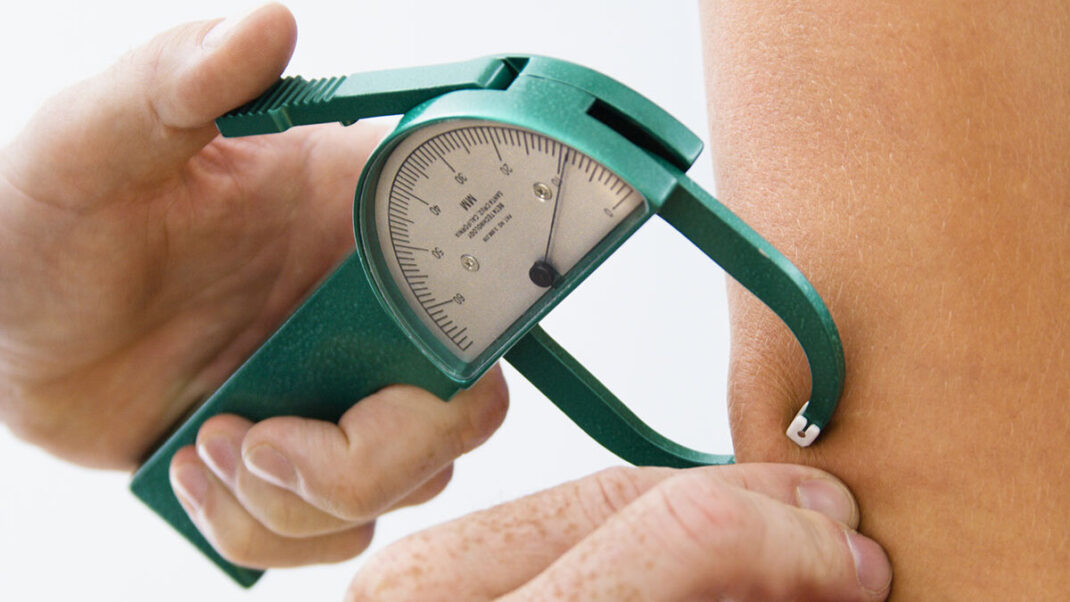Pilates Equipment Liability and Safety, Part 1
Pilates continues to be among the fastest-growing exercise trends in the United States. All signs indicate that the Pilates fire will continue to spread. Typically, Pilates is practiced under a qualified instructor’s close supervision, and this has helped limit the number of Pilates-related accidents. However, like every other exercise activity, Pilates has risks, and claims have been filed against professionals who teach it. As long as participation continues to grow, so does Pilates professionals’ risk of litigation.
This article provides general information on how to protect your Pilates business from lawsuits and how to manage risk. It is not intended to be legal advice and should not be considered a substitute for legal counsel or other professional services. If expert advice is required, please consult your legal counsel or other qualified professionals.
This material narrowly focuses on liability due to equipment-related injuries to Pilates clients. Because of space limitations, other valuable risk management policies regarding staff qualifications, training and emergency procedures could not be addressed in this article, but they, too, should be resolved at your facility to ensure a safe, effective and proactive approach to risk management in your business.
Myths and Reality: Case Studies
Leading industry professionals shared personal details for this article. Names and locations are not revealed, but events are true.
Myth #1: There’s Nothing I Can Do to Prevent Accidents
The Trapeze Table. An experienced trainer was working with a regular client on the trapeze table, also called the "trap table" and the "Cadillac," but forgot to put the safety chain on the bar. (Normally, the safety chain or strap limits the movement range of the bar, which is under spring-loaded tension.) The bar came down, hit the client in the face and caused severe jaw injury. In other incidents, the bar hit the trainer.
The Wunda Chair. A trainer was working with a regular client on the wunda chair, and the bolt that secured the spring was loose. When the client applied tension to the bar, the spring pulled free and the bar snapped down on the client’s foot. The client suffered a broken toe.
The Reformer. Several reported incidents involved falls from the reformer. A typical scenario involved an experienced trainer working with a client in a standing position on the reformer. The client and/or trainer lost concentration, the carriage released quickly, and the client fell off onto the floor. Clients have suffered back and shoulder injuries from their falls.
All of these accidents occurred in seconds and resulted in serious consequences ranging from client injury to disruptive lawsuits. To manage risk in your business, consider the following questions:
1. How could these accidents have been avoided or minimized?
2. How could lawsuits after these accidents have been avoided?
"All of these safety issues are really about poor training—teachers progressing clients too quickly and putting them in positions that they can’t control," says Howard Sichel, DC, chiropractor and owner of Power Pilates® in New York. "Individuals always need to be supervised by a teacher, and the instructor needs to organize the sessions. In the Power Pilates training program, we call it ‘the equipment and body scan’ for each exercise."
Nora St. John—owner of Turning PointSM Studios in Walnut Creek, California, and education program director for Balanced Body® Inc. in Sacramento—says, "When it comes to accidents, your best line of defense is to deal with [the situation] really well at the time. Take the client seriously. Follow up with an incident report documenting exactly what happened. See whether or not the client needs to go to the doctor or emergency room. It’s so important to develop a positive, trusting relationship with your client."
Ken Endelman, founder and chief executive officer (CEO) of Balanced Body, emphasizes consulting with your insurance carrier regarding its recommendations for what you should do before any accident occurs. "Each insurance provider has specific procedures and forms," he says. "Be ready, and know how to handle any potential claim before it happens."
Myth #2: My Client Will Never Sue Me
Accidents can and do happen. However, we can reduce the odds, both of accidents and of being sued should they occur. Risk of liability exists when an instructor can potentially be held responsible for what caused an injury and therefore be required to pay for damages that resulted from the injury. Wearing blinders to this risk while operating your business endangers you and your clientele. Assuming that accidents can and will happen is realistic and fosters an atmosphere of prevention and preparedness.
The Lawyer Lobotomy. According to Jeff Frick—program manager and CEO of Fitness & Wellness Insurance Agency in Solana Beach, California—many wellness professionals assume that, because their clients are nice people with whom they have a good relationship, the clients won’t sue them. This is not always the case.
"I like to call it the ‘lawyer lobotomy,’" Frick says. "Often, when an accident occurs, the client is embarrassed at hurting himself and blames himself. However, after talking it over with family members and seeing a lawyer, he suddenly isn’t responsible for anything. Everything becomes the instructor’s fault."
Frick recommends that Pilates instructors carry liability pilates insurance and require clients to sign a waiver or similar type of assumption-of-risk document, depending on what type of form is standard practice for the state in which they live. Marci Clark, co-founder of PowerHouse Pilates in Pittsburgh, Pennsylvania, says, "Too many instructors are counting on the studio or fitness center to have enough insurance to cover them, which is not necessarily the case if a client sues them for injury." Clark recommends that trainers join professional organizations such as IDEA in order to be eligible to purchase liability insurance at group member rates.
Myth #3: Waivers Don’t Help
In numerous states, courts are more frequently holding up waivers and assumption-of-risk forms as valid protection against litigation. Frick explains that, depending on where a trainer lives, he may need to have a document entitled "Assumption of Risk" or "Informed Consent" to protect his business from liability.
Safety Consciousness Is Key
With a commitment to safety education and comprehensive training for staff and proactive risk management, Pilates professionals can continue to protect clients from injury as the Pilates market continues growing. With a team effort among Pilates professionals and a shared consciousness toward protecting the respect for quality and results that Pilates currently enjoys, we can maintain this strong reputation.
Facility owners, managers and program directors who offer Pilates programs need to balance rapid growth to meet consumer demand with a recognition that investing in rigorous instructor education is the foundation for maintaining safe and effective programs. Similarly, trainers who work with Pilates equipment need to maintain respect for the depth and breadth of knowledge that is required for training clients. Trainers must always work within their current level of expertise, even as their aspirations may climb much higher.
In Pilates Equipment Liability and Safety, Part 2 we will take a closer look at practical risk management tips.





